VHH Humanisation
Unlike conventional IgG antibodies from humans or mice, VHHs (also known as nanobodies) are composed solely of the single variable domain of a heavy chain. Originally derived from llamas, VHH antibody humanisation is often required. Here we compare two common methods – slow-but-safe rational VHH antibody engineering and fast-but-risky CDR grafting, as well as exploring the impact of synthetic frameworks.

Due to their unique properties and compact size, VHHs have been embraced by the biopharmaceutical industry as ideal building blocks for antibody engineering and are increasingly being used in therapeutic applications. However, these molecules were originally discovered as part of llama antibodies, posing a risk of an immune reaction developing in patients.
Although this is rarely a serious health risk in itself, it can make the drug much less effective. With VHHs being used in treatment of cancer and other serious diseases, patients need their medicines to work – and keep working.
Although VHH have rarely caused immune reactions in humans (discussed further in our FAQs page), many drug developers see humanisation as an important de-risking step.
In the effort to harness their therapeutic potential, humanisation of VHH antibodies is usually desirable to minimise the risk of immunogenicity – a property that is notoriously difficult to predict or test for early in antibody discovery. VHHs are comprised of 7 alternating regions – three highly variable complementarity determining regions (CDRs) responsible for antigen binding, set between four more conserved framework regions which give the molecule its shape. Because antibodies from all species have such highly varied CDRs, humanisation usually occurs in the framework regions of an antibody.
The first method of making rational humanisation changes was pioneered by Ablynx – the first company to develop therapeutic VHHs which they termed nanobodies. It can be seen from Ablynx’s extensive legacy of patents that humanisation was done rationally, making iterative changes and gradually refining what worked for each lead clone. Later studies tried to speed up this process by searching for a universal scaffold to use for humanisation, such as the work of Vincke et al, 2009. This paper highlighted the importance of “hallmark” residues in Framework 2 on the molecule’s affinity and biophysical properties, and helped to understand the structural implications on CDR presentation after the framework regions had been modified. This search for a general humanisation strategy was the principle behind the alternative “CDR grafting” approach:

1) CDR Grafting
Essentially a molecular transplant, where the CDRs, are excised from a target-specific VHH (the donor) and integrated into humanised framework regions (the acceptor). This method offers a swift, one-step transformation, but doesn’t always work as well as might be hoped.
Advantages: Efficiency reigns supreme, with only one new construct required.
Disadvantages: Ensuring correct CDR presentation is no guarantee, especially when dealing with immune-derived clones with the potential for substantial germline framework variation. In reality, a few different grafts need to be attempted, and there remains a high risk of negative impacts to affinity and/or biophysical robustness.
2) Rational Humanisation
In this stepwise approach, the VHH’s primary sequence is closely compared to its closest human germline counterpart. Through a series of amino-acid-by-amino-acid adjustments, the sequence is gradually nudged closer to its human equivalent.
Advantages: Fine-tuned control over humanisation while safeguarding the integrity of the molecule. This method also deepens our understanding of each unique VHH, and how small changes can affect overall structure and function.
Disadvantages: Since this method often necessitates multiple rounds of gene synthesis, such thoroughness means longer timelines, and greater spending on reagents.
When engineering any antibody, every tweak to the primary sequence carries the risk of potential structural alterations, potentially causing unintended shifts in properties. The landscape of immune-derived sequences also sprawls across diverse llama germlines, presenting a formidable challenge in predicting which humanisation changes will work for any given molecule.
Thankfully, working with a synthetic scaffold can make things much easier. Humanisation of Isogenica’s original LlamdA® VHHs is underpinned by years of experience, knowing what works and what doesn’t on our particular frameworks. Already based on the closest human-llama germline relationships, we can implement de-risked changes rapidly on these established and consistent frameworks, or even eliminate the need for humanisation engineering altogether with pre-humanised huLlamdA® and VHHantage® libraries.
But where’s the fun in that…? 😉

Here at Isogenica, we share our experience in VHH antibody discovery and engineering to help move innovative projects forward. Contact our experts today to find a solution to your challenge.
